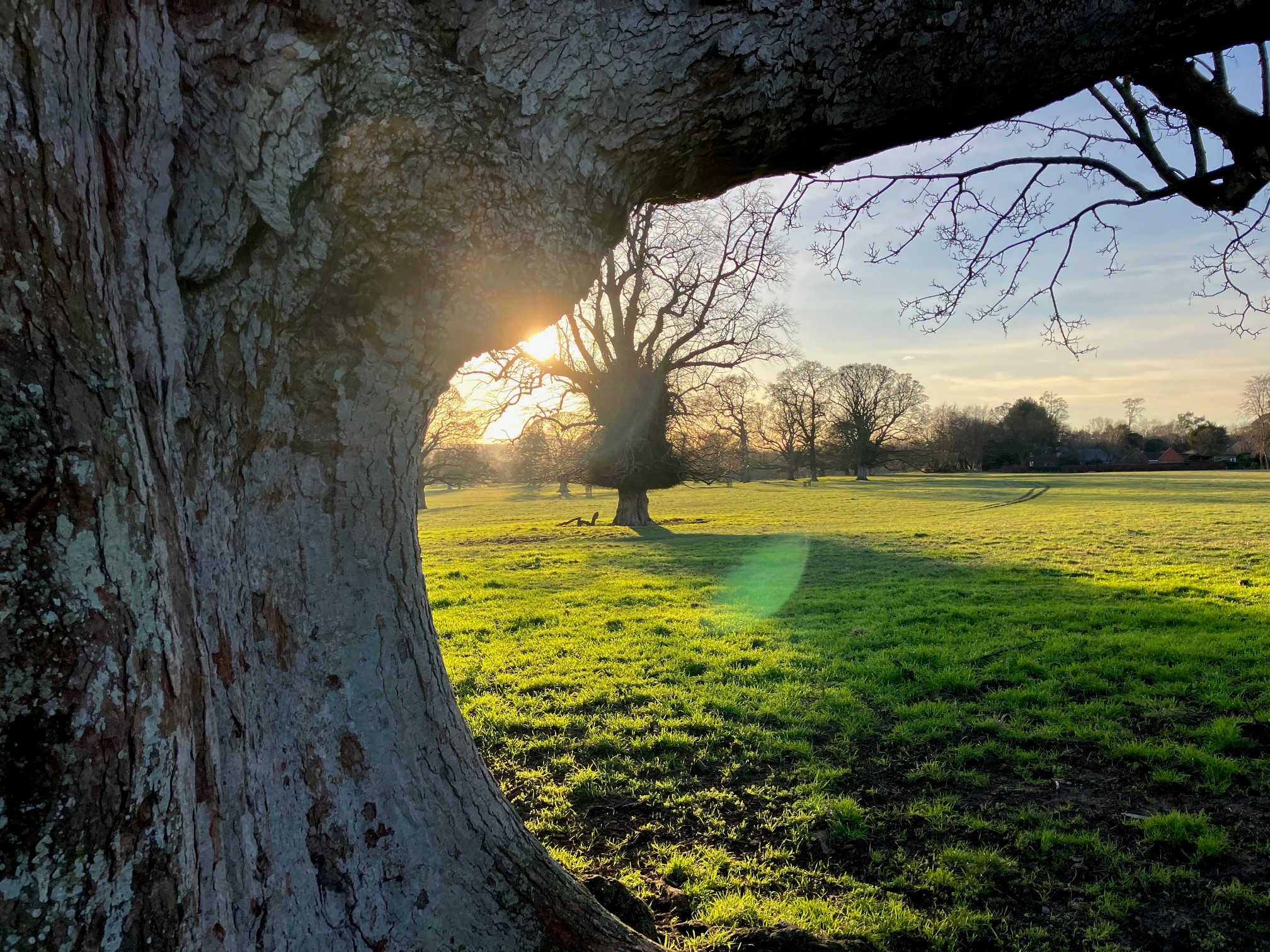The advent of the biodiversity net gain (BNG) regime into the planning process in England has woken up the market – this long-awaited environmental policy is now real and having to be addressed by planners and developers, presenting landowners with a new conservation-based commercial opportunity.
The process of acquiring BNG units from a landowner who has created or enhanced habitats requires legal agreements between three parties – a developer, the local planning authority (LPA), and a landowner. The agreements are technical and complex, and the planning, ecology, and property industries are currently on a steep learning curve. Each agreement is based on detailed ecological surveys which form the basis of a 30-year+ covenant on a specific area of land to allow a development to proceed. In return for a one-off payment, the developer effectively buys out his planning obligation and transfers it to the landowner.
An important concept to understand here is the mitigation hierarchy – a step-by-step process that prioritises avoiding harm to habitats and species, followed by minimising impacts, then restoring affected areas, and finally, as a last resort, compensating for any unavoidable impacts. This hierarchy is a key principle in conservation and is embedded in the BNG process. If developers cannot achieve BNG on their own sites, they must compensate by making off-site gains by purchasing off-site biodiversity units.
As part of pre-application discussions it is vital to have a biodiversity gain plan produced for the particular site. These plans provide a preliminary overview of how a proposed development can achieve BNG, offering a useful starting point for discussions with local planning authorities (LPAs) and other stakeholders.
Window of opportunity for landowners
A part of this process which the landowner needs to understand fully is the habitat management and monitoring plan (HMMP). This outlines the steps that will be taken to manage and monitor the biodiversity of the habitat, ensuring that the gains promised are actually delivered. It is an essential tool for ensuring accountability and transparency in the BNG process, but carries with it significant ongoing responsibilities.
The planning system in general is already struggling and the extra BNG requirement introduced on 12 February can only put more pressure on overstretched LPAs. The commercial marketplace is developing fast while negotiation and legal processes are gaining confidence and becoming generally operational.
There is currently a backlog of applications going back nearly two years which has been waiting for the framework through which planning permissions can be endorsed. Although the regulations have been relaxed to allow BNG sign-off after planning is granted to try to clear any bottleneck, major developers appear to be insisting on having this planning requirement set up before putting in new applications. There is therefore a current window of opportunity for those already set up to supply this market.
Values per unit vary greatly from £17,000 to £58,000 per unit and this is very much dependent on unit type, geography and timescales. There are immense opportunities for those with an efficient process already in place, but this may require considerable speculative expenditure on baseline survey work and registration with the LPA.
Galbraith has already built up a track record in this sector and we are happy to advise any landowners and farmers on the potential opportunities.
- Natural Capital: Galbraith’s expert advisers guide our clients in realising value in all land uses – by assessing and measuring natural assets, furthering opportunities in biodiversity net gain, and ensuring stakeholders are rewarded fully for their investment in and contribution to delivering ecosystem services and net-zero outcomes.
